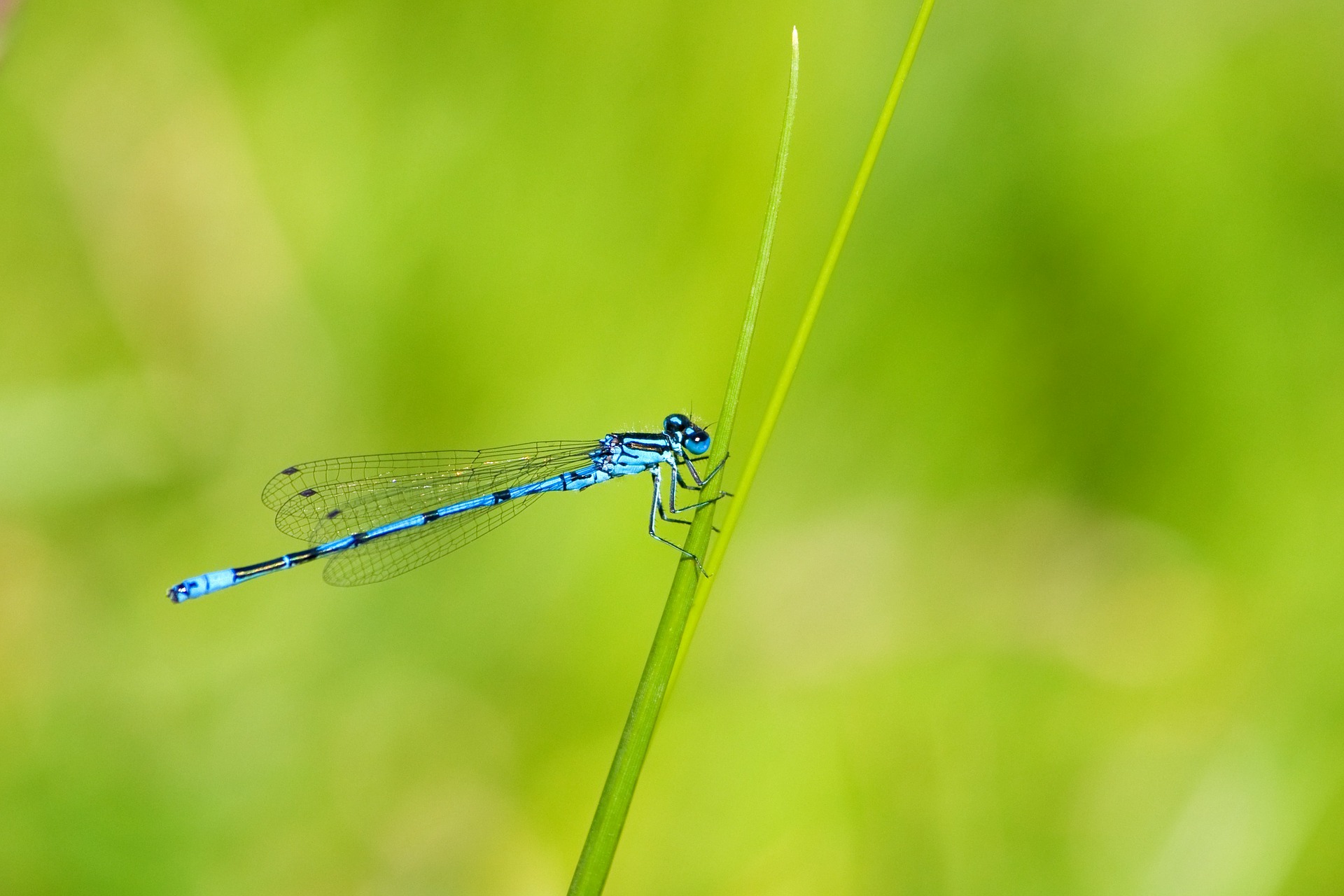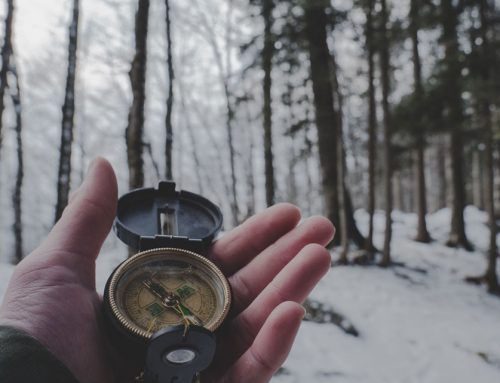Now that Spring is warming up, and flowers are appearing, insects are more numerous as well. Introducing children to minibeasts not only teaches them about how essential they are for feeding birds and other wildlife but will fascinate them with their variety. They make up over 80 per cent of all creatures on earth!
Activities
Brilliant Bug Hunt
You will need either a box with holes in it, or a jam jar covered with cloth and an elastic band.
Using a plastic spoon, fine net or even a tea strainer, catch different insects. Part of the fun is peeping under stones, flower heads, under leaves, roof guttering and logs. Add some leaves that you found the insect on, so that they have something to nibble.
Talk about what makes each insect special before telling your children why it is important for your garden’s health to release them.
Questions to ask and chat about with your High Learning Potential child
- How many legs does each insect have?
- What does it eat? Discuss how some insects are a garden’s friends because they eat many common pests, e.g. aphids.
- How long does the insect live for?
For minibeast activity sheets see The Woodland Trust’s Nature Detectives
Love dragonflies? Discover the UK’s Dragonfly Hotspots at: https://british-dragonflies.org.uk/what-we-do/outreach-projects/hotspots-project/
Beetles and Spiders
If you’re out together on a walk, investigate rotting logs to seek spiders and beetles. Your child will be surprised when you tell them that beetles need rotting wood to provide their youngsters with food as soon as they hatch.
Damp moss is also a great habitat for spiders. If your child asks why there isn’t a web, you can tell them that not all spiders catch their prey that way: some stealthily lie in wait for their insect dinner instead!
Here’s a spider game to play together: https://nrich.maths.org/8389
Crafty Cress Caterpillars
Learn about growing plants and eat the healthy result!
You’ll need:
An egg box
Scissors
Cling film
Cotton wool
Cress seeds
Optional: googly eyes and pipe cleaners
Cut the egg boxes to make individual egg cups. Get your child to create a face by sticking the googly eyes on one egg cup or drawing some on if they prefer. Place a piece of cling film in the bottom of each egg cup. Add a damp ball of cotton wool, then sow seeds of cress on top. Cut some pipe cleaners to make caterpillar feelers for the head and tail if you like.
Put the “caterpillars” in a warm, well-lit place and wait for the seeds to germinate and grow leaves. Keep the cotton wool damp. Soon you’ll see the caterpillars have funky cress hair. If you like you can use the cress to pop into sandwiches.
While the cress is growing, if your child is a fan of Eric Carle’s Very Hungry Caterpillar, check out 25 more activities they can do at: https://www.pre-kpages.com/activities-hungry-caterpillar/
Super Sounding Insect Words
Challenge your child to say the words and find out their meanings
Chrysalis
Cocoon
Metamorphosis
Invertebrate
Larvae
Omnivorous
Proboscis
Ladybird Dot Doubling and Tripling
If you see one of these creatures, can your child double or triple the amount of dots they see?
Place value! Ladybirds can lay 200 eggs. One adult can eat 5,000 aphids in a year. Can you and your child try writing out those values?






